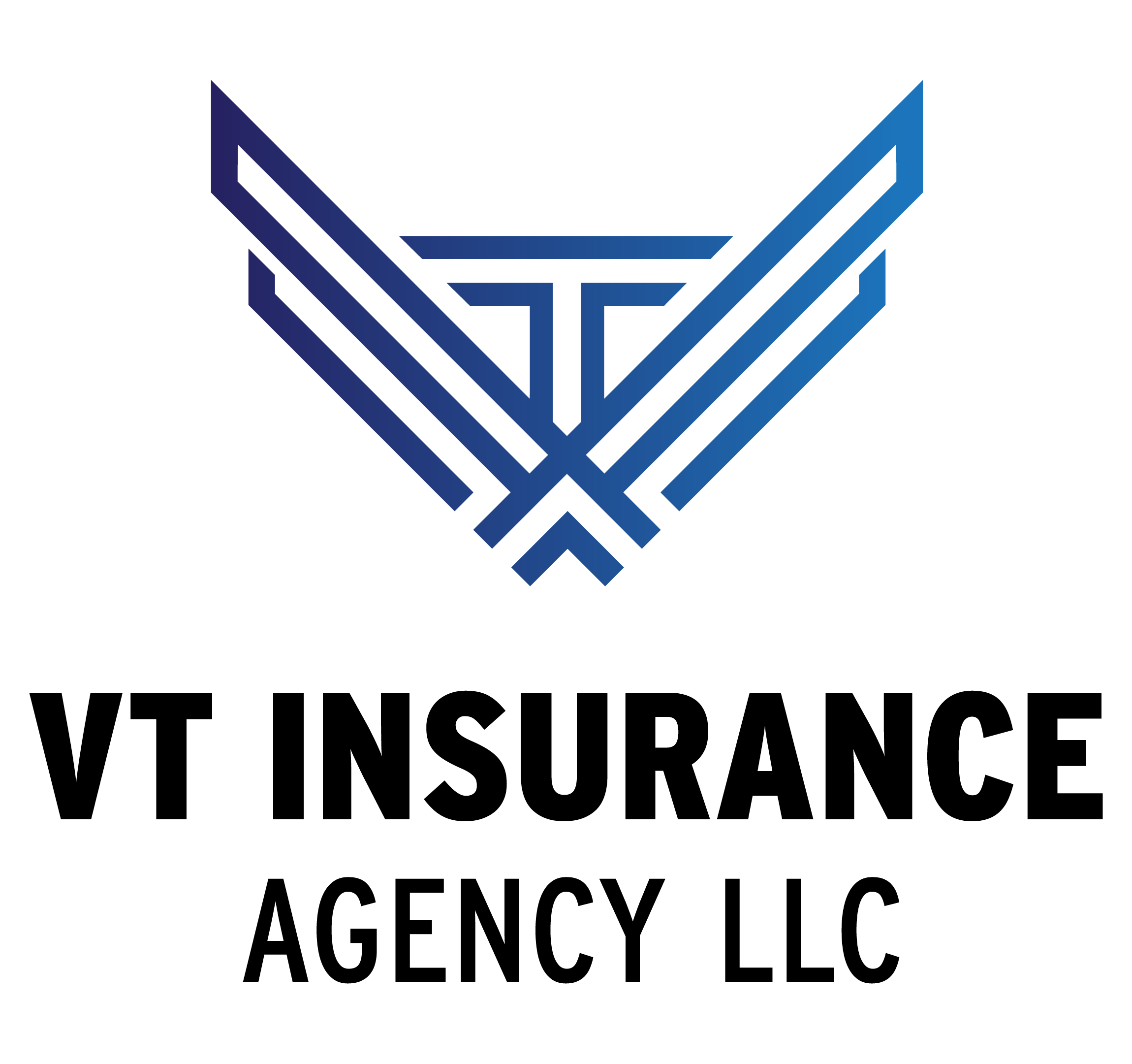While the basic principle of insurance—protecting against financial loss—applies across the board, aviation insurance has some key differences compared to your typical home, auto, or farm policies. These differences stem from the unique risks and complexities associated with aircraft ownership and operation.
Here’s a closer look at what sets aviation insurance apart:
- Specialized Coverage:
Aerial Application Aviation insurance offers a range of specialized coverages not found in standard home, auto, or farm policies. This includes:
- Hull Coverage: This covers damage to the aircraft itself, similar to comprehensive coverage on a car. However, it often includes provisions for in-flight risks, ground incidents, and even acts of terrorism.
- Chemical Liability: This protects against any 3rd party bodily injury and property damage to others from chemical drift that may occur while flying in federal airspace.
- Non-Chemical Liability: This protects against claims for bodily injury and property damage to others. In aviation, this can extend to passengers, people on the ground, and other aircraft.
- Medical Payments: This covers medical expenses for the pilot, VO, and passengers, regardless of fault, in case of an accident.
- “Blocking” Markets and Underwriting:
The aviation insurance market is very specialized in it’s approach to quoting insurance. The marketing process for quoting new and existing business is often described as “blocking,” meaning underwriters are only allowed to quote to the first aviation insurance broker that brings them a submission. Only one brokerage/agency is appointed to receive quotes after a submission has been sent to that underwriter and no other brokerage/agency is able to obtain quotes at that point unless they obtain a “Broker of Record” (BOR) letter signed by the insured. This has been the market standard for many decades. The reason the market acts this way is due to the limited options of companies available to write aviation risk. This is the glaring difference between the home, auto, or farm insurance market where there are many different options to choose from and you can have multiple insurance agents getting quotes. Here are some of the things aviation underwriters need to take into account when assessing a risk:
- Does the risk comply with FAA rules and Regulations: All aviation policies have to have specific wording to comply with the laws of the U.S. via the FAA. All insurance policy must have wording that is acceptable for themselves to get insured through re-insurance. (See our blog on re-insurance)
- Pilot experience and qualifications: Your flight hours, certifications, and training history play a significant role.
- Aircraft type and use: Is the aircraft approved by the FAA to fly in federal airspace and does it have any limitations.
- Maintenance records: Meticulous maintenance documentation is crucial for securing favorable terms and keeping up to date on any waivers your flying under is critical.
- Operating environment: Are you flying for personal use or commercially and what type of operations you are doing plays a huge role in the type of policy/rates you’ll receive.
- Example: A commercial Part 137 operation is going to have higher premiums and will be subject to short-rate premiums vs. a pilot flying for personal use under a Part 91 policy whose premiums will be lower and subject to pro-rated premiums.
3. Why Are My Premiums So High?:
The aviation underwriters who write these policies work as “for-profit” companies. That means they need to see a path to make money on the risk that they are insuring. They do so by basing their rates off of their loss ratios of previous years. With new and emerging segments of the market (Such as Aerial Application Drones), we tend to see only a small portion of the whole market taking the risk to offer insurance without the history of loss ratios. With riskier types of business such as aerial application, you may see higher premiums to offset the loss ratios for that specific book of business.
4. Hard Market vs. Soft Market:
The aviation insurance market has ebbs and flows in premium fluctuations. In years where the loss ratios are higher than the premiums that are being brought in, there will likely be a “hardening” of the market where companies exit the marketplace and you should expect to see your premiums go up. In years where companies are making money off their book of business, you should expect to see other companies entering in marketplace creating competition which drives down the premiums “softening” the market.
5. How has VT Insurance brought premiums down in the last couple of years for Ag Drones?:
At VT Insurance Agency, we have relationships with all the aviation companies (even those who don’t currently write Ag Drones) and have successfully been able to entice new markets into entering the Ag Drone space softening the market and driving down premiums. VT Insurance has successfully brought in 3 new companies in the last 2 years and are working on bringing in more in the near future. As the nations #1 aerial application drone agency, we have been able to show new companies the path to making money writing this type of risk. Our goal has always been to make this as affordable as possible for our customers and to take the aerial application drone industry to new heights!
In Conclusion
Aviation insurance is a specialized field that caters to the unique risks of aircraft ownership and operation. Understanding these differences is crucial for pilots and aircraft owners to ensure they have the right coverage and protection in place. VT Insurance is working hard to bring in new insurance companies to drive down the premiums for our customers. Please give us a call today to see how we can help your business get off the ground!


